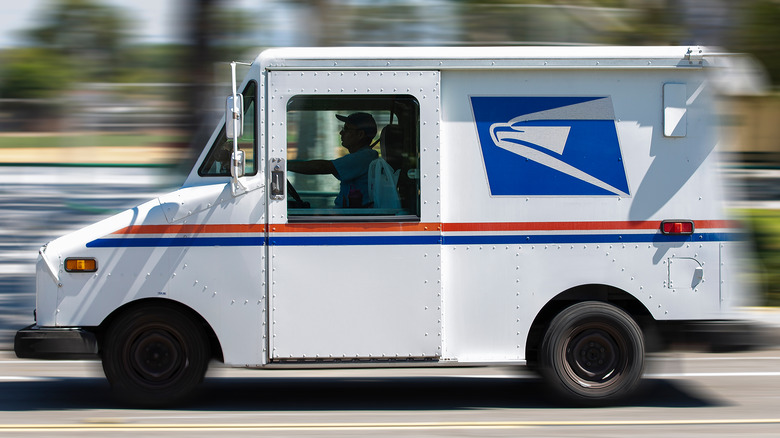The Real Reason We Use ZIP Codes
Similar to many industries, there was a staffing shortage in the postal service during World War II. Also during this time, more mail was delivered through the air as opposed to railroad, and for this reason — as well as the increasing population in American urban centers — postal sorting has slowed . Prior to the war it was sufficient to only write the street address on an envelope or package to get where it belonged — or sometimes even less than that, as Mental Floss reports. A more sophisticated system was needed to keep mail delivery reliable, and so the early modern ZIP (Zone Improvement Plan) Code was born.
As Readers Digest reports, there was a simple postal zone system in place for America's largest cities starting in 1943. In 1944 a postal service employee named Robert Moon sought to improve upon that system for the entire country. Early on, his idea was simple: two digits, the first indicating the coast to which the delivery belonged, and the second digit referencing the postal center where the item should be headed. The post office added two more digits for the specific post office, and then the exact postal zone in question. This all worked well for a while, but by the early 1960s, that familiar code at the end of our addresses grew even longer still.
Adding five more numbers
Even though it's a somewhat rare occurrence these days — as anyone who has addressed an envelope is likely aware — the modern-day ZIP Code includes much more than just four numbers. That's because, in 1963, one more digit was added to the ZIP Code, as Mental Floss reports. The fifth number on the ZIP Code drilled down even further on the location, referring to a specific sector or district in an urban or rural area that was serviced by the post office in question.
And finally, roughly four decades after postal worker Robert Moon's innovative idea to streamline postal delivery, the final four digits were added to the modern ZIP Code to indicate the actual street or building where a parcel belongs, per Reader's Digest. This can sometimes be as detailed as a specific floor in a building, and important locations like the White House, for example, have ZIP Codes all their own.

